Your Dog Isn’t Psychic—It’s Just a Brilliant Detective
I can’t tell you how many times I’ve sat in a client’s living room and heard the exact same phrase: “It’s like he just knows.” They’ll tell me these incredible stories about how their dog rested its head on their lap moments before they started crying, or how it began pacing by the door minutes before their partner’s car even turned onto the street.
In this article
It’s a lovely thought, this idea that dogs have a sixth sense or some magical connection to us. And while I totally appreciate the sentiment, my job is to look past the magic and get into the mechanics. How does it really work?
The truth is, your dog’s ability to read your inner state isn’t paranormal at all. It’s a masterful blend of amazing biology, sharp observation, and an evolutionary history that’s tied directly to ours. They aren’t mind readers; they are expert data analysts, constantly processing a stream of information you give off without even realizing it. Honestly, understanding this is the key to a deeper, more respectful relationship. It helps us move from just loving our dogs to truly appreciating their skills. So let’s dive into the science behind it all.
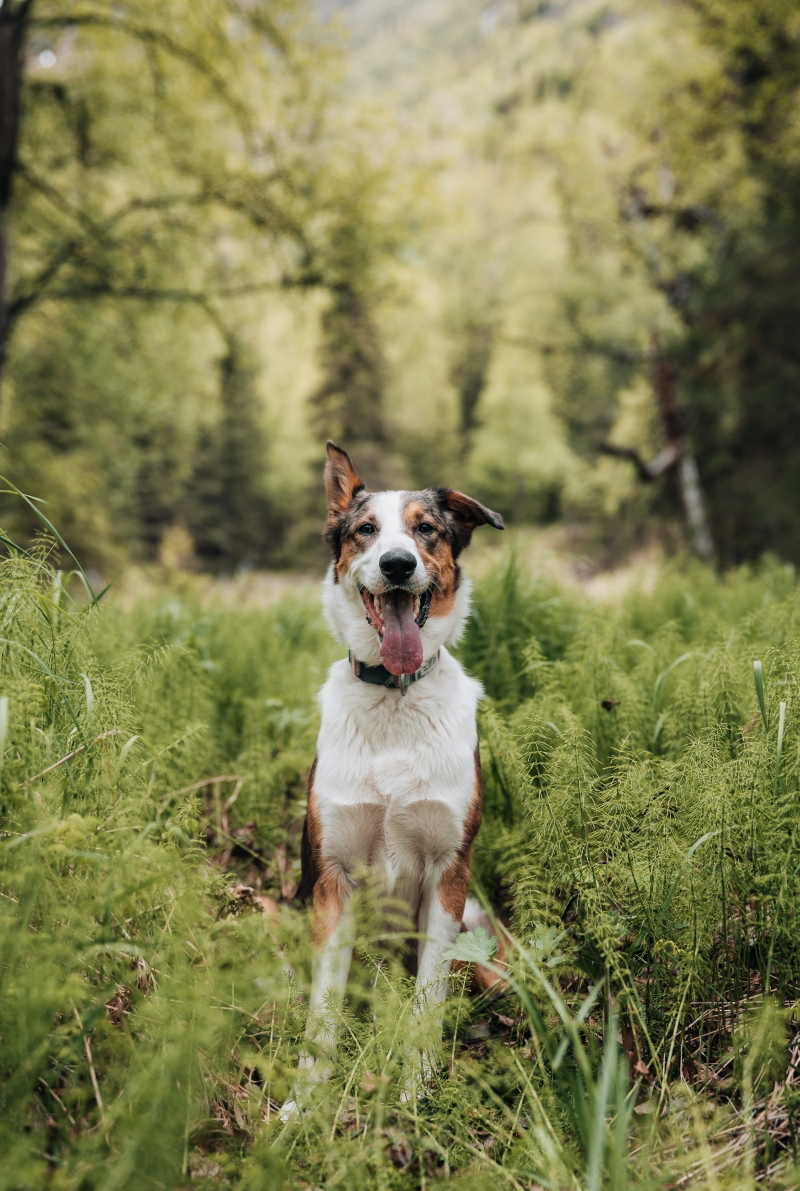
It All Starts with the Nose
To really get a dog, you have to start with its nose. We humans are visual creatures. We see the world first. A dog? It’s an olfactory creature. Its entire world is built on scent.
When we walk into a park, we see trees, grass, and a playground. A dog smells the entire history of that park—every person, every animal, and every event. It can smell the faint stress hormones left by a squirrel that darted away a minute ago and the lingering scent of the dog you petted at the coffee shop this morning. It’s a whole different reality.
The biology behind this is just staggering. Depending on the breed, a dog’s nose is packed with 125 to 300 million olfactory receptors. For comparison, you and I have about six million. That’s like comparing a little rowboat to an aircraft carrier. On top of that, the part of their brain that analyzes scent is, proportionally, 40 times larger than ours. This whole system allows them to detect certain smells in parts per trillion. To put that in perspective, that’s like sniffing out a single rotten apple in two million barrels.
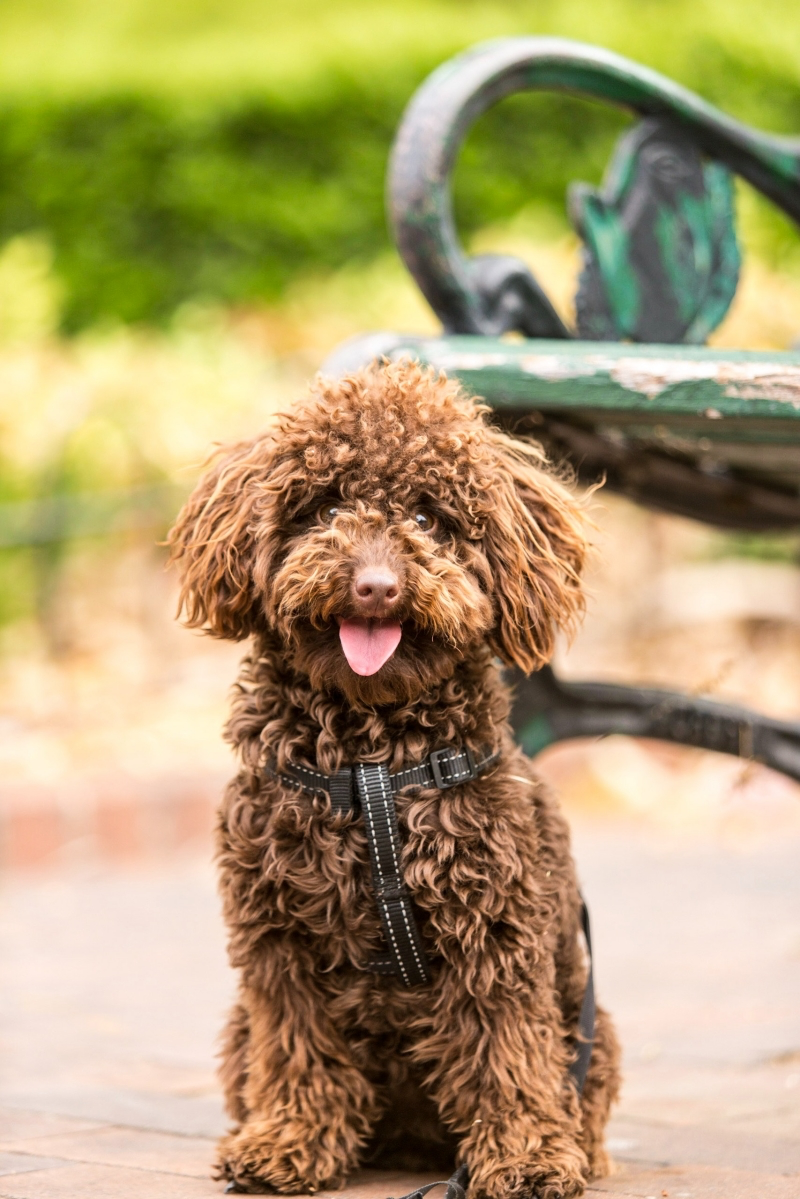
But wait, there’s more. Dogs have a second, specialized scent tool called the vomeronasal organ (also known as Jacobson’s organ). It’s in the roof of the mouth and is designed to detect specific heavy-hitter chemicals like pheromones and hormones. Ever see a dog chatter its teeth or make a funny face after sniffing something? It’s pushing air into this special organ for a more detailed report. This is how a dog doesn’t just smell your sweat; it analyzes its chemical makeup.
How They Decode Your Feelings (and Your Stress)
This incredibly powerful nose is the main way your dog “knows” how you’re feeling. Your emotional state isn’t just in your head; it has a physical, chemical signature. When you’re scared or stressed, your body releases hormones like adrenaline and cortisol into your bloodstream. These compounds show up in your sweat and even your breath. While you’re totally oblivious to it, to your dog, it’s a blaring signal. The air around you literally smells different.

I once worked with a client whose dog suddenly developed what seemed like separation anxiety. The owner, a freelance designer, was at a loss. After chatting for a bit, we figured out the dog’s anxiety went through the roof on days the owner was scrambling to meet a tight deadline. She wasn’t yelling or acting angry, but her internal stress was palpable—at least, to her dog. Her cortisol levels were likely spiking, and her dog was smelling her anxiety. The dog wasn’t trying to be difficult; it was reacting to a clear chemical signal that something was wrong in its pack.
Our solution focused on the owner. We set up short, structured breaks with calming activities for both of them. A simple thing we tried was a “Towel Burrito.” Quick tip: Just show your dog a smelly treat, roll it up tightly inside an old towel, toss it on the floor, and say “Find it!” It’s a two-minute brain game that works wonders for de-stressing a worried pup. By managing the owner’s stress, we resolved the dog’s anxiety.
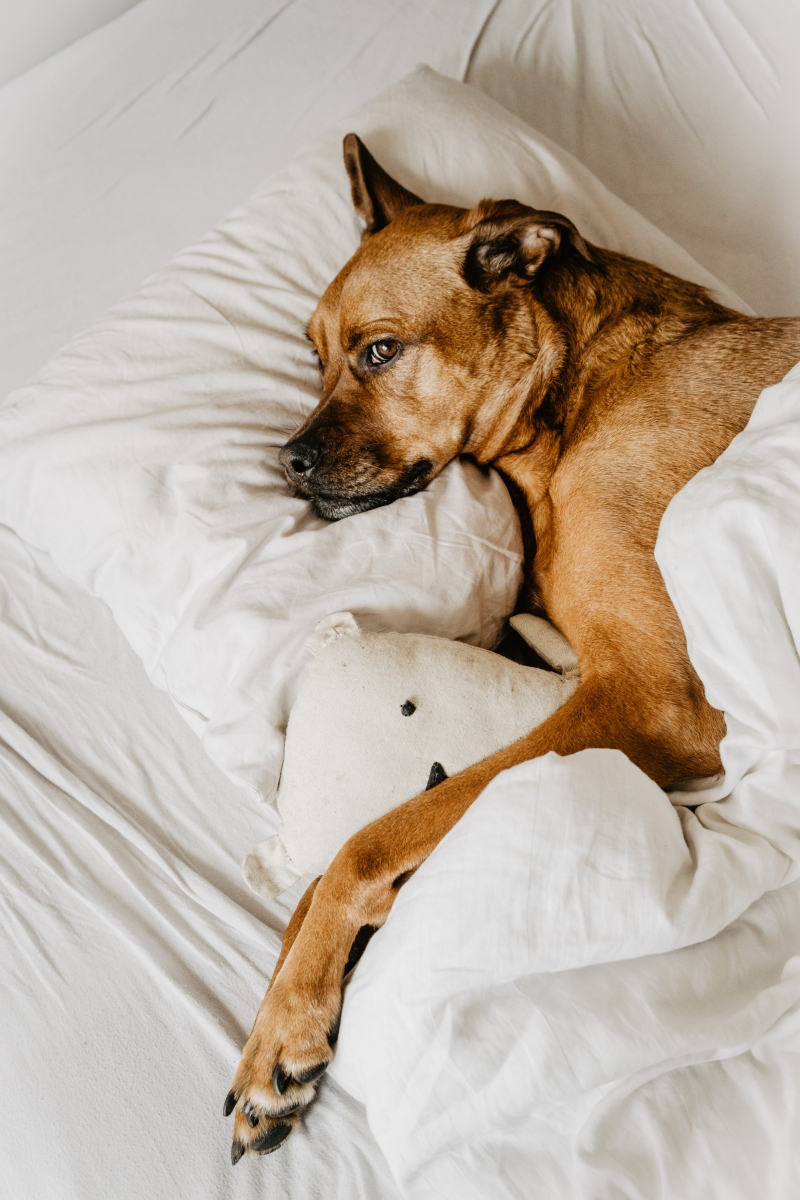
Oh yeah, and they combine this scent data with incredible observational skills. They notice things you’d never think about. Here are just a few subtle human cues your dog is constantly reading:
- The tiny bit of tension in your jaw when you’re concentrating.
- The way you hold your breath for a second when you’re nervous.
- The subtle shift in your posture when you feel defeated.
- The faint change in the scent of your hands after using hand sanitizer.
- The quickening of your pulse, which they can feel when they lean against you.
A dog that lives with you has thousands of hours of data linking these physical cues and smells to what you do next. It seems like profound empathy, but it’s actually brilliant associative learning.
When Perception Causes Problems
A dog’s sensitivity can be a double-edged sword. While it creates that deep bond we all love, it can also be the root of some serious behavioral issues. This hyper-awareness can lead to a state of emotional contagion, where your dog essentially “catches” your anxiety.
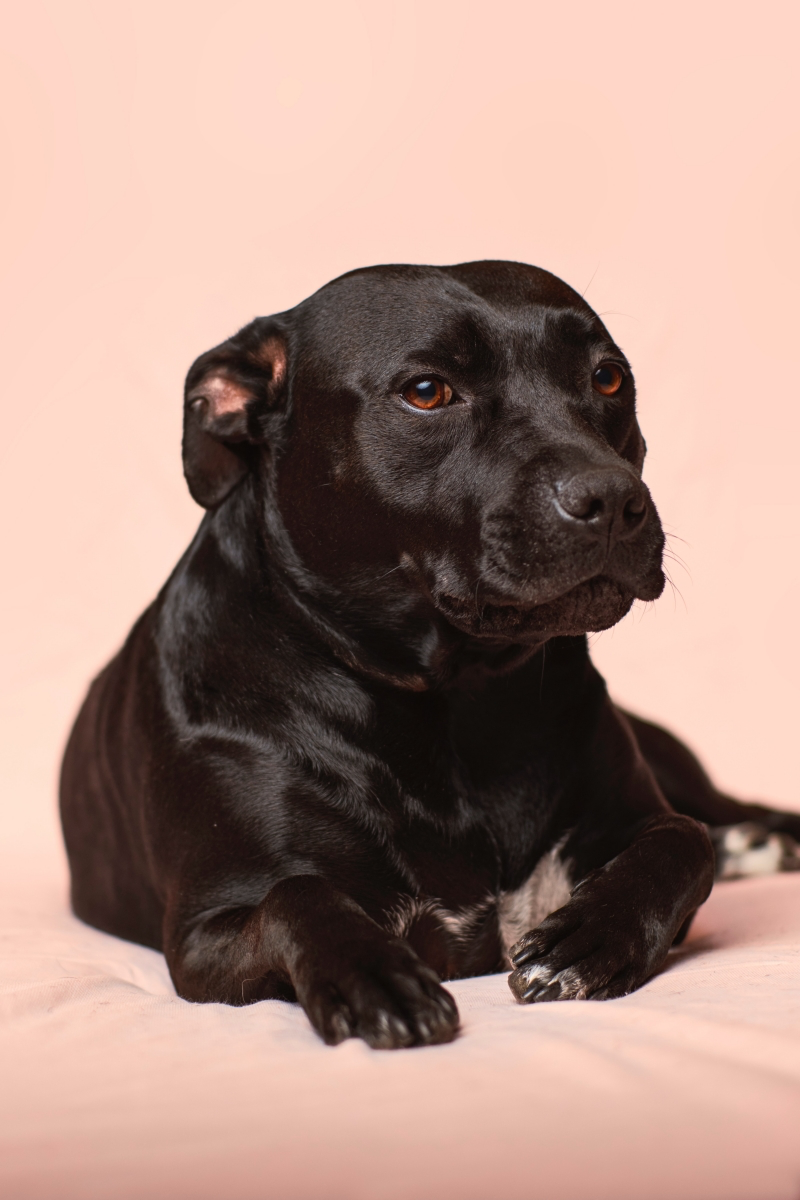
A common mistake I see is owners trying to hide their fear, especially in stressful places like the vet’s office. You might be cooing in a high, happy voice, “It’s okay, you’re such a good boy!” but your body tells a different story. Your dog smells the cortisol spike, sees your tense shoulders, and feels your racing heart. This conflict between your happy voice and your terrified body is incredibly confusing and stressful for them. They know something is wrong, but your words are telling them everything is fine. That inconsistency can make their anxiety even worse.
Advanced Skills: Medical Alert Dogs
Nowhere is this sensory superpower more obvious than with medical alert dogs. These animals aren’t psychic; they are highly trained specialists using their natural gifts to detect specific biochemical changes in the human body.
It all comes down to detecting something called Volatile Organic Compounds (VOCs), which are chemicals our bodies release in different situations. For example, when a person with diabetes has a sharp drop in blood sugar, their breath contains a specific VOC. A trained dog can smell this change long before a person feels any symptoms, giving them time to act. The same principle is thought to apply to oncoming seizures, with dogs detecting a unique scent that precedes the event.
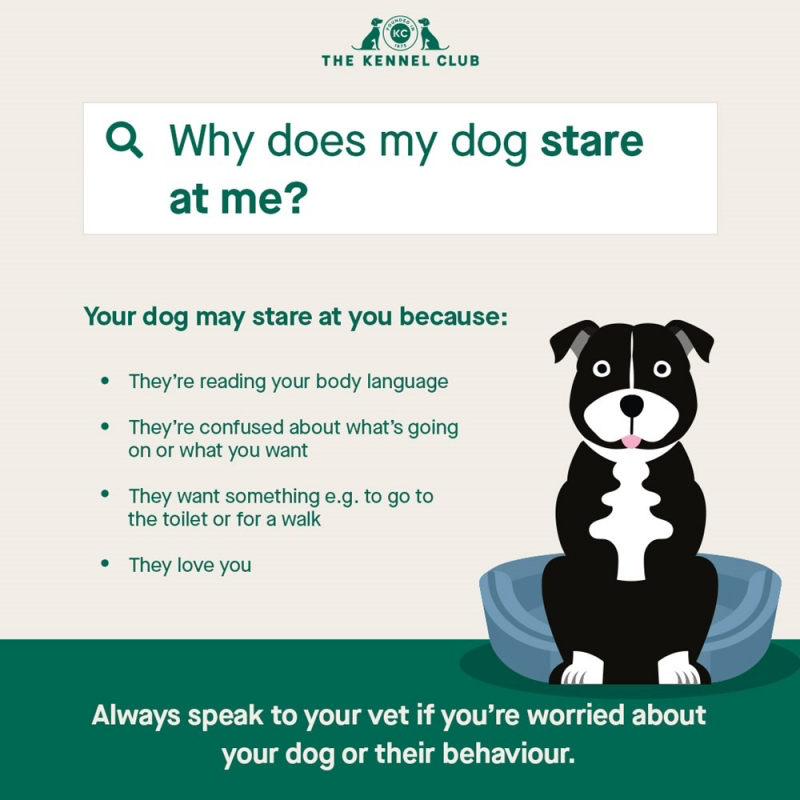
It’s important to remember this skill requires hundreds of hours of rigorous, professional training.
Heads up! Think of your dog’s sudden, persistent sniffing of a spot on your body as a ‘check engine’ light. It’s not a full diagnostic report from a mechanic, but it’s a fantastic reason to schedule a check-up with your doctor. Your dog might be sensitive, but it’s not a medical device. Don’t rely on your pet for a diagnosis, but do pay attention to what they might be trying to tell you.
So, What Can You Actually Do With This Info?
Okay, this is all fascinating, but what does it mean for you and the dog snoozing on your couch? How can you use this knowledge to build a better life together?
First, let’s try a little experiment. Right now, as you’re sitting there, take three really deep, slow, calming breaths. Inhale through your nose, and let it out slowly through your mouth. Now, look at your dog. Did they sigh, lick their lips, or resettle into a deeper sleep? You just used your own body to send a clear signal: “Everything is okay. We are safe.” You can do this anytime you feel stressed—in the car, at the vet, or when a scary thunderstorm rolls in.
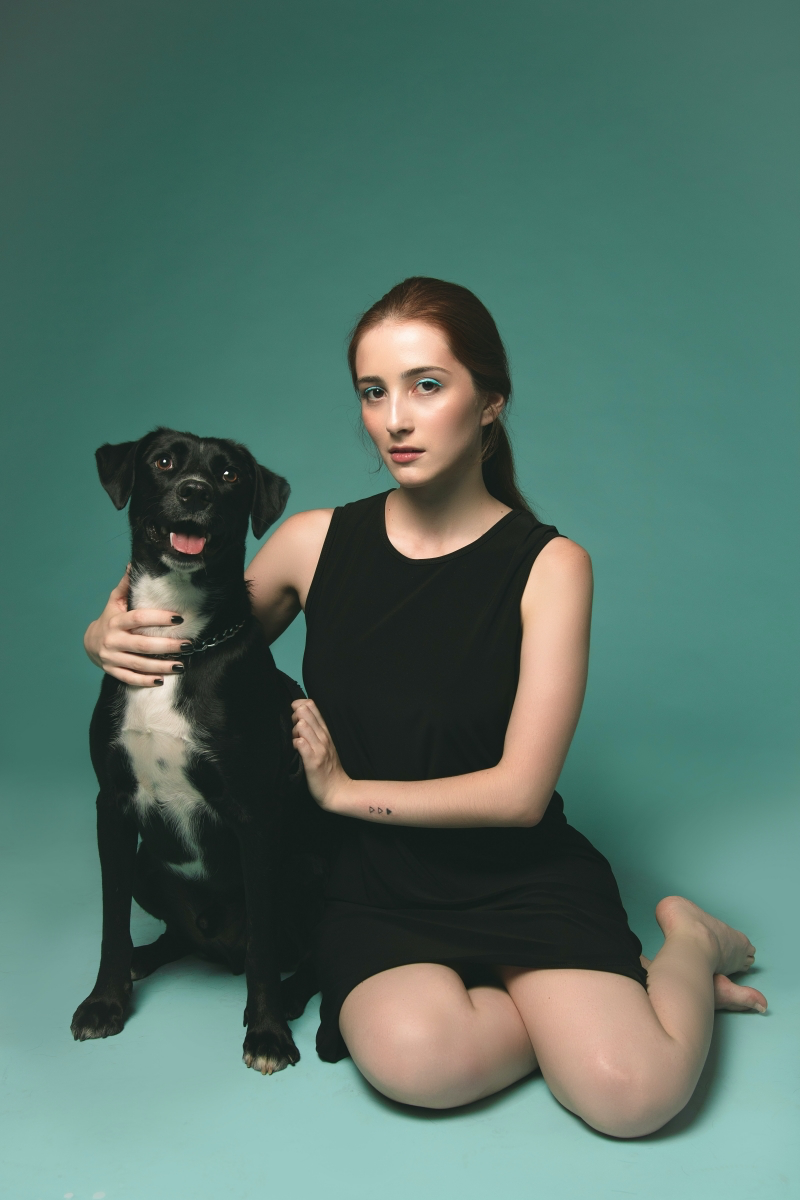
Second, since your dog is so tuned into you, one of the best things you can do for them is to manage your own stress. When you’re feeling overwhelmed, give both of you a break. This is where a ‘Canine Calming Kit’ can be a lifesaver.
Good to know: You can build a great kit for under $50. I usually recommend these three things, which you can find on Amazon, Chewy, or at most pet stores:
- A Lick Mat: A simple silicone mat with grooves. Smear some peanut butter or yogurt on it. Licking is a self-soothing behavior for dogs. These usually cost around $10-$15.
- A Long-Lasting Chew: Something like a beef cheek roll or a tough nylon chew gives your dog a positive outlet for their anxious energy. Prices vary wildly, but you can find good ones for $5-$15.
- A Snuffle Mat: This is a fabric mat with lots of flaps for hiding kibble or treats. It encourages sniffing and foraging, which is naturally calming. Expect to pay between $20 and $30.
By understanding that your emotional state directly impacts your dog, you can stop asking, “What’s wrong with my dog?” and start asking, “What is my dog sensing from me, and how can I help us both feel better?” And honestly, that shift in perspective changes everything.
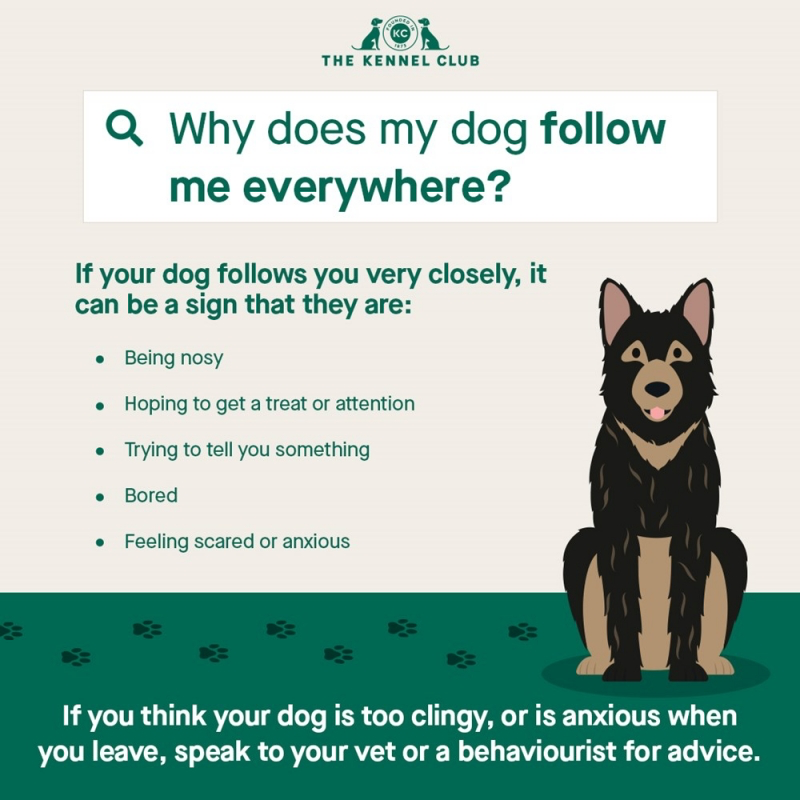
Inspiration:
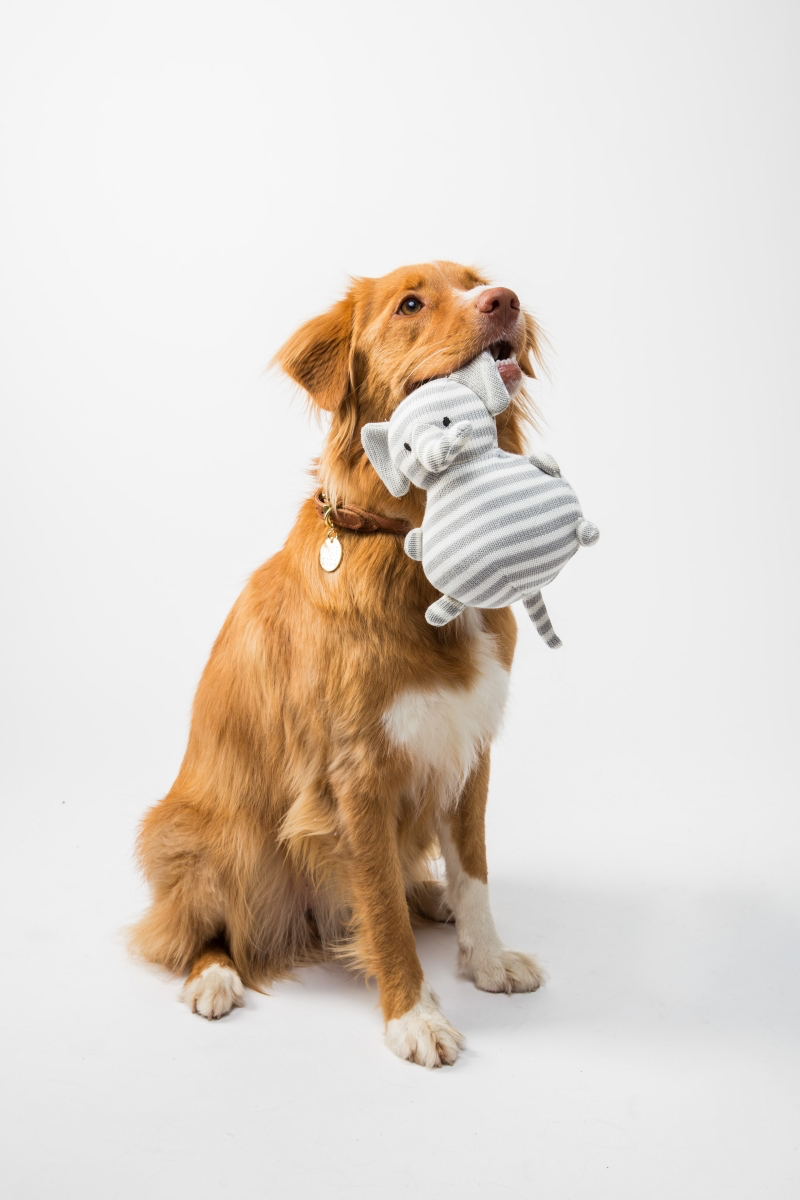

Human Hearing: We typically hear sounds in the 20 to 20,000 Hertz (Hz) range. This covers everything from a deep bass rumble to the high-pitched chirp of a bird.
Canine Hearing: Dogs can hear up to a much higher frequency, around 45,000 to 65,000 Hz. This is their superpower for detecting the high-frequency squeaks of prey underground, but it also means they hear the ultrasonic noises from electronics and appliances in your home that are completely silent to you.
So, that seemingly random bark might just be a reaction to the hum of your smart TV on standby.
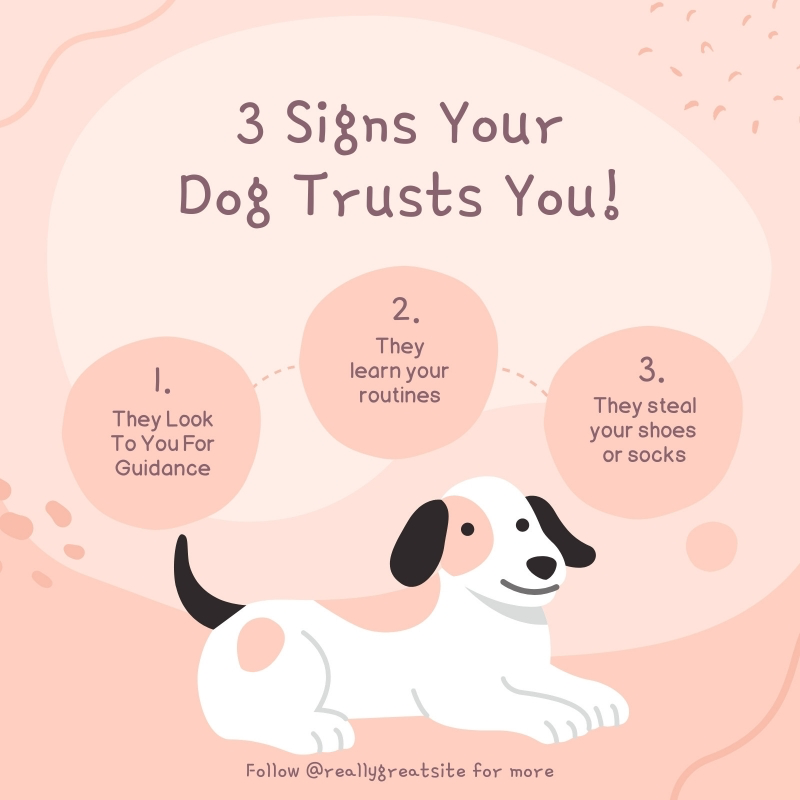
A 2018 study from the University of Helsinki confirmed that dogs don’t just look at our faces; they focus on our eyes. This eye-gazing behavior is linked to the release of oxytocin—the “bonding hormone”—in both the dog and the human, strengthening your connection on a chemical level.
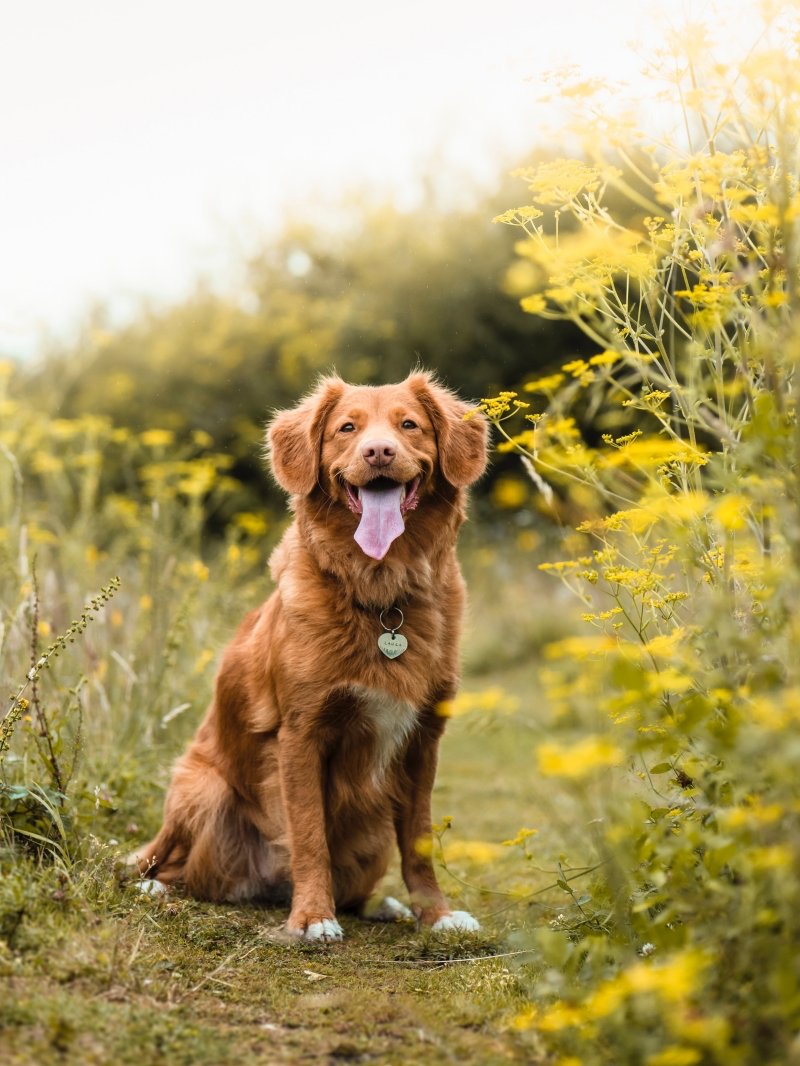
Beyond just sniffing, a dog uses a secondary olfactory tool called the vomeronasal organ (or Jacobson’s organ) located on the roof of its mouth. You’ll see it in action when a dog ‘tastes’ the air with a slight chatter of its teeth after sniffing something particularly interesting, like another dog’s urine. This organ is a specialized chemical detector, decoding pheromones and social information that their main nose might miss. It’s not just smelling; it’s reading another animal’s biography.
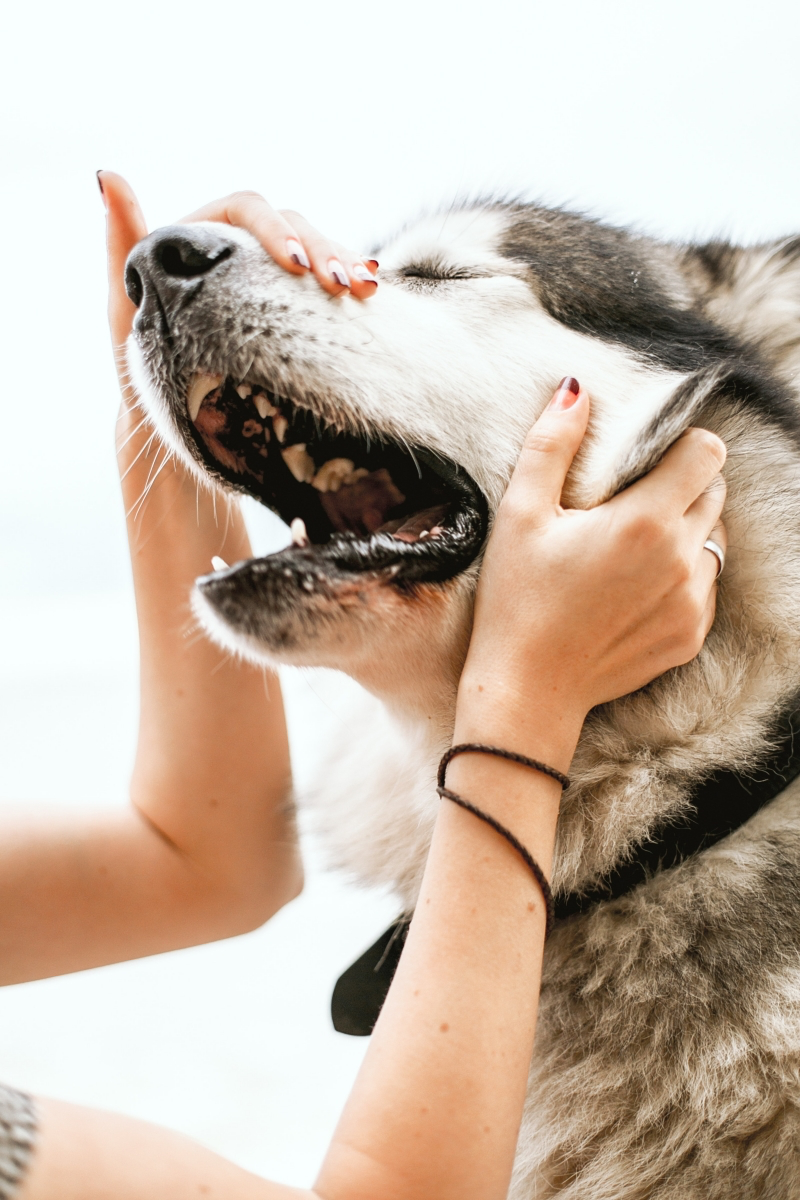
Why does my dog yawn when I’m getting ready to leave?
While it could be tiredness, it’s more likely a “calming signal.” Dogs use yawning, lip licking, and turning their head away to diffuse tension—either their own or what they perceive in you. If you’re rushing around, feeling stressed about being late, your dog picks up on that agitated energy. The yawn is their attempt to say, “Hey, let’s all just calm down a bit.” It’s a fascinating piece of non-verbal communication.

A key to understanding: Don’t mistake your dog’s tail wags. A high, fast wag doesn’t always mean pure joy; it often signifies high arousal or excitement, which can tip into nervousness. Look at the whole picture—are the ears back? Is the body stiff? A relaxed, full-body, sweeping wag is the true sign of a happy, comfortable dog.
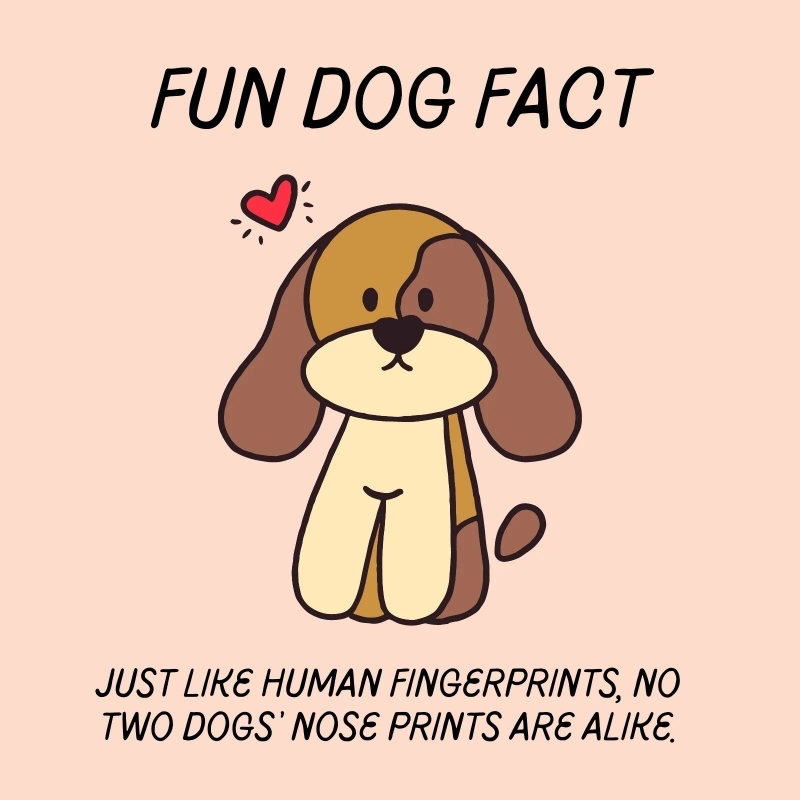
Put their brain to work by honoring their primary sense. A simple ‘scent work’ game is a fantastic way to do this, providing mental stimulation that can be more tiring than a long walk.
- Start easy: Let your dog watch you place a high-value treat (like a piece of freeze-dried chicken) under one of three identical cups. Give a command like “Find it!” and reward them enthusiastically.
- Increase difficulty: Once they master this, have them wait in another room while you hide the treat.
- Go pro: Introduce a specific scent, like a drop of birch oil on a cotton swab, and teach them to find only that scent, ignoring other distractions. This is the foundation of professional detection work!
- It can help reduce destructive behaviors born from boredom.
- It provides an appropriate outlet for natural foraging instincts.
- It builds confidence as your dog successfully solves a problem.
The secret? Engaging their mind with puzzle toys. Brands like Nina Ottosson offer multi-level puzzles, while a classic KONG filled with frozen peanut butter can keep a dog occupied and mentally stimulated for ages. It’s not a treat, it’s a job.










